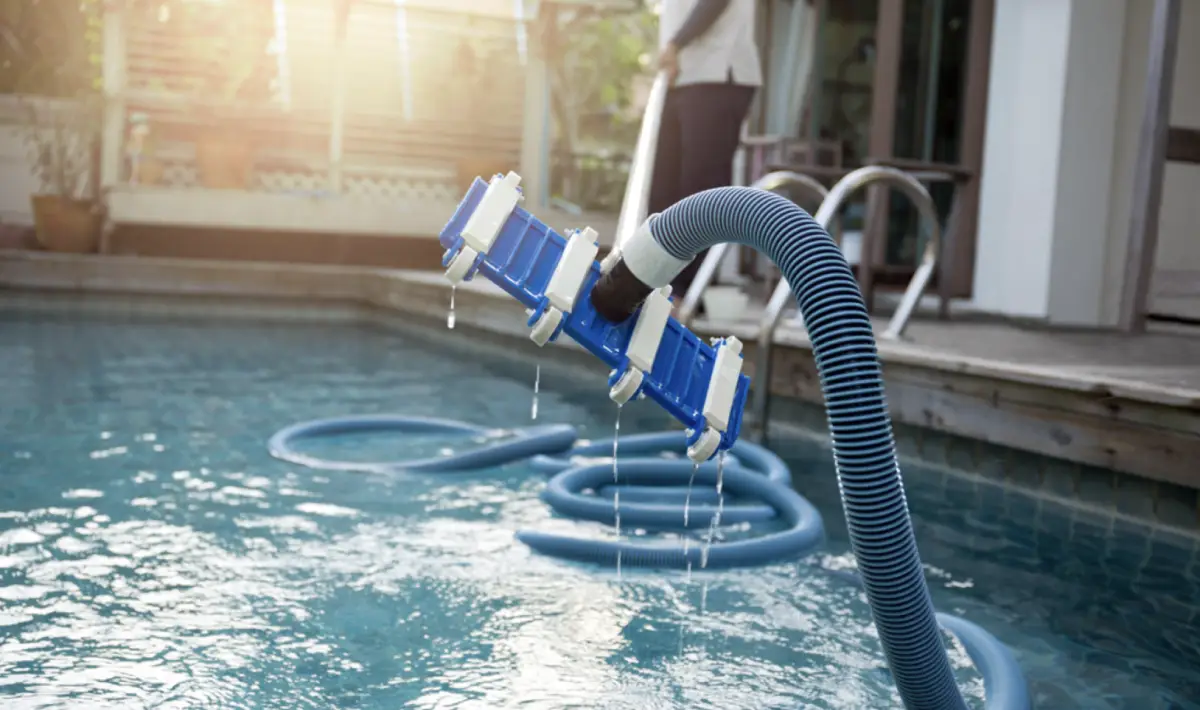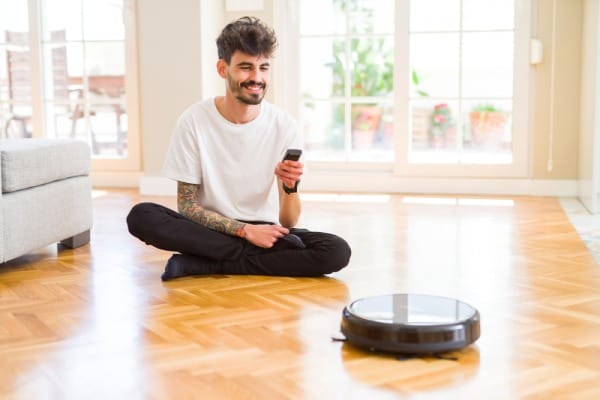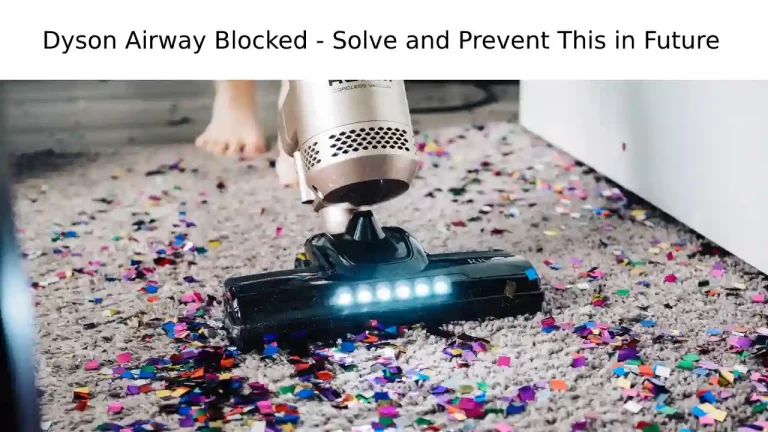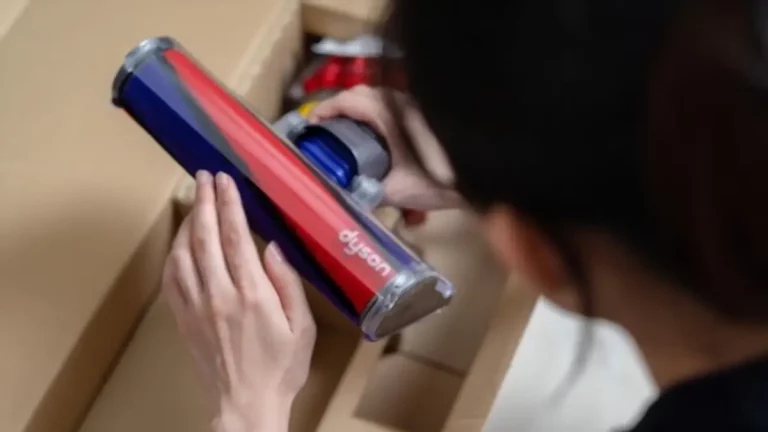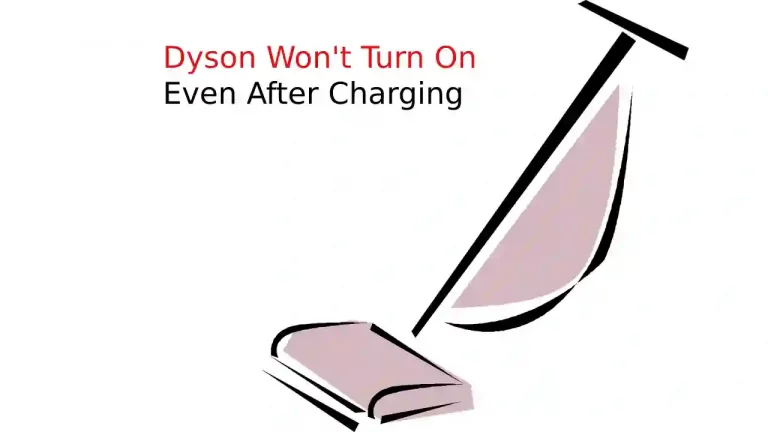Cleaning a pool is one of the necessary tasks that are part and parcel of pool ownership. If you are having trouble cleaning the bottom of your pool with your normal pool vacuum, or you have acquired one yet, you can create a stand-in pool vacuum with a garden hose using basic siphon techniques. A garden hose used as a pool vacuum works best on above-ground pools because the siphon principle requires the exhaust end to be lower than the intake end of the hose.
To create a garden hose pool vacuum, place the intake end of the hose in the pool, then suck on the exhaust end till the water starts to flow. Siphon principles will keep the water flowing through the pipe. Move the intake end of the pipe across the pool floor to suck up the dirt and debris.
A garden hose as a pool vacuum can be a useful stand-in for a standard pool vacuum connected to the pool pump to clean dirt from the bottom of the pool. The principle works quite well, but it is not a good long-term solution, and it has some limitations making it less effective than a commercial pool vacuum connected to the pump.
How To Use A Garden Hose As A Pool Vacuum?
There are various reasons that you may need to create your own makeshift pool vacuum. You may not have purchased your proper pool vac yet; you may struggle to find a vac to fit your pool pump connections, or your pool vac has stopped functioning.
In these circumstances, you can still get your pool cleaned out with this simple yet effective method, which requires a length of garden hose to create a simple pool vacuum.
When using this garden hose pool vacuum method, don’t rush the job. Pushing the suction end of the hose around too vigorously as it will kick up the sand, and it won’t suck it up. After a while, the sand will then settle on the bottom again.
How To Make Your Garden Hose Pool Vacuum?
A garden hose siphon as a pool vacuum works best on above-ground pools to make full use of the physics of siphon principles. In-ground pools will cause the intake end of the hose to be at a lower level than the exhaust or outlet end of the hose. The siphon principles won’t work in this situation.
For your above-ground pool, you will need a length of garden hose that reaches to the bottom of the pool, comes over the top edge of the pool, and directs water flow where you want it to go.
Don’t make the pipe too long, or it may be difficult to get the siphon process started.
Ideally, the outlet end of the garden hose should be downhill so that it is lower in elevation than the inlet end.
You should not have any hose attachments on either end of the garden hose that could restrict the flow of the water or the debris flowing in the hosepipe.
Suck on the outlet end of the hose to create a negative pressure to draw water from the pool into the hose. Once the water comes over the top of the edge of the pool, gravity should pull it down, which will initiate a constant flow of water through the hose.
The water flowing into the inlet side of the hose will suck up debris and direct it through the hose and out of the pool. Move the inlet end of the hose around on the bottom of the pool to suck up dirt and sand on the pool floor.
What Are The Limitations Of A Garden Hose Pool Vacuum?
A garden hose alone can double as a pool vacuum, but there are some limitations to using it as a vacuum.
- The diameter of the hose. The small diameter of the garden hose only allows small sections of the pool floor to be cleaned at a time. This makes the job take a little longer than it would with a commercial vacuum.
- Only sand can be vacuumed. The garden hose can essentially only be used to clean sand and other granular dirt from the bottom of the pool. Leaves and other larger debris will clog the smaller diameter of the hose pipe.
- You need to be in the pool to clean it. To cover the entire pool floor surface, you need to be in the pool walking around, directing the end of the hose pipe across the pool floor surface.
- It wastes water.
The garden hose uses siphon principles to generate the vacuum suction, which pulls water through the hose. This water is lost at the outlet end of the hose, so frequent vacuuming will reduce the water level in the pool, and you will need to top it up with fresh water.
How To Improve A Garden Hose Pool Vacuum?
There are some improvements you can make to the basic design of the garden hose pool vacuum that will overcome some of its limitations. The modifications you can make will mostly increase convenience in the use of the vacuum. The restriction of the hose diameter will remain a limitation.
Making the following modifications to your garden hose pool vacuum will make it easier to use.
Use an extension pole
Pool shops sell extension poles or telescoping for pool cleaning equipment, and chances are if you have a pool, you have a pool net with an extension pole.
Strap the hose to the extension pole, with the outlet end of the hose extending slightly beyond the end of the pole. This modification helps to weigh down the end of the hose to prevent it from coming to the surface and allows you to clean the pool without getting in it.
Use a funnel to extend the range
The small diameter of the hose sucks up the dirt in a small area at a time. Inserting a funnel into the inlet end of the hose expands the suction area of the hose.
This modification increases the suction area of the end of the hose, covering a larger area at a time.
If you find any issue with the vacuum suction, check our post on how to fix the vacuum suction.
Attach a small brush to the hose
You can strap a small, soft bristle brush to the end of the hose, which you can use to gently scrub stubborn dirt spots from the bottom of the pool.
Filter the wastewater with pantyhose
If you place an old pantyhose over the outlet end of the hose and let the wastewater flow into a bucket, it may be clean enough to pour back into the pool to save some water usage costs.
These modifications will improve the design and the convenience of your garden hose pool vacuum and make it more effective at removing sand from the bottom of the pool.
Conclusion
A garden hose re-purposed to function as a pool vacuum does an acceptable job at cleaning the bottom of above-ground pools, but it does have some limitations.
Leaves and larger debris will clog up a garden hose vacuum because of the relatively small diameter of the garden hose. However, for the task of cleaning sand and silt from the bottom of the pool, it works well.
A commercial vacuum connected to the pool pump would be more effective and efficient, but many above-ground pools do not come standard with pool pumps. In this case, a garden hose pool vacuum will be a good option to get the pool cleaning job done!
Related Questions
Manual or Automatic Pool Cleaning, what should I choose?
There are people who like cleaning their pool manually, but it takes a lot of time and it is always better if you do the cleaning slowly. However, if don’t have enough free time go for automatic cleaners as it won’t much of your time.
Read Also

